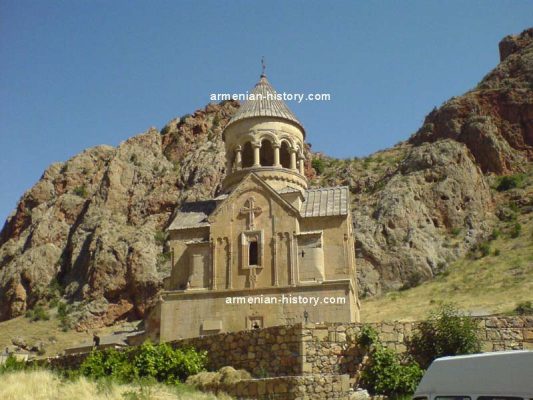Noravank Monastery, founded in 1205 by Bishop Hovhannes, the former Abbot of Vahanavank, is one of Armenia’s most renowned religious and architectural landmarks. Located 122 kilometers from Yerevan, it sits majestically in a narrow gorge carved by the Darichay River, near the city of Yeghegnadzor. The stunning red cliffs surrounding the monastery add to its dramatic and picturesque setting.
The monastic complex consists of several important structures:
- Church of St. Karapet – The main church of the complex, dedicated to St. John the Baptist (Surb Karapet), serves as the spiritual heart of Noravank.
- Chapel of St. Grigor – This chapel, featuring a vaulted hall, adds to the architectural beauty of the complex.
- Church of Surb Astvatsatsin (Holy Mother of God) – Perhaps the most famous building within Noravank, the two-story church is known for its unique design and intricate carvings, representing a masterpiece of Armenian medieval architecture.
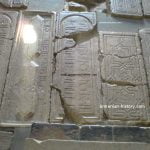
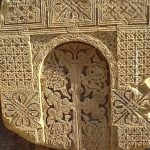


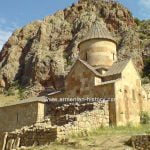
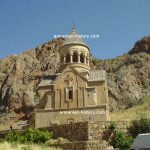


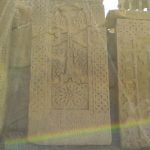

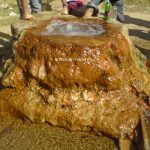

The monastery grounds also include the ruins of various civil buildings, along with numerous khachkars (Armenian cross-stones) that are scattered both inside and outside the compound walls. These khachkars are known for their artistic and spiritual significance, reflecting the deep religious tradition of Armenia.
Noravank was also the residence of the influential Orbelian princes during the medieval period. Two prominent figures, the architect Siranes and the renowned miniature painter and sculptor Momik, left their mark on the monastery through their work in the late 13th and early 14th centuries. Momik, in particular, is celebrated for his intricate sculptures, including the stunning reliefs on the Church of Surb Astvatsatsin.
Today, Noravank Monastery remains one of the most iconic and visited monasteries in Armenia, attracting visitors from around the world for its remarkable historical significance, unique architecture, and breathtaking natural surroundings.

